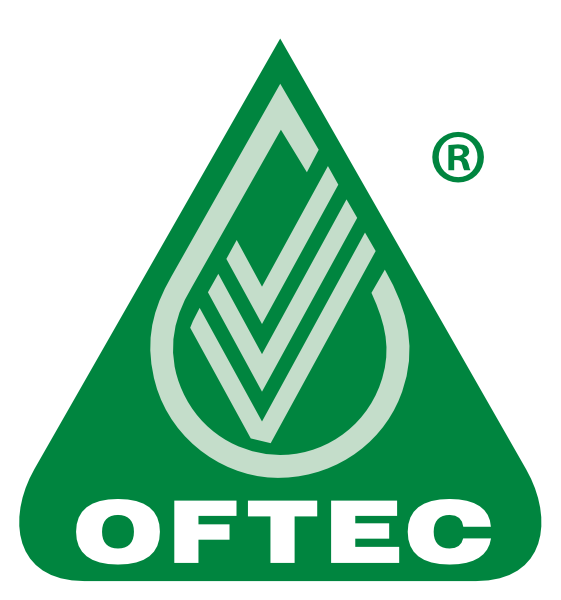Home guide to domestic fuel supply pipes
The information on this page provides general guidance; your local OFTEC registered technician will be able to provide further advice on your particular circumstances.
In 2021, oil (kerosene) continues to be the most widely used fuel in off-grid homes. However, to reflect that a renewable liquid fuel, such as HVO may soon be available (see our future heating section) we have used the term liquid fuel in this guide to include both oil and low carbon liquid fuels.
Fuel supply pipes are a vital part of any liquid fuel-fired heating system and it is important that they are installed and maintained correctly to ensure system reliability and safety. Correct installation also helps to avoid the risk of leaks, which can cause pollution and are costly to clean up. This guide applies to pipes that carry fuel to liquid fuel-fired appliances of up to 70kW output which are located at properties used primarily for domestic purposes.
Fuel supply pipes
Domestic fuel supply pipes are usually made of plastic-coated soft copper tubing that can be easily manipulated.. Plastic pipe systems are also available but must only be used below ground and outside of buildings. Fittings and jointing materials must be suitable for the type of pipe and fuel being used.
Liquid fuel supply systems
There are two types of fuel supply systems: gravity and sub-gravity. Gravity supply systems are arranged so that the pressure of the fuel in the tank pushes the fuel along the pipe to feed the burner at the appliance. A typical gravity supply would consist of a bottom outlet fuel storage tank positioned above the height of the burner. The tank is often elevated to the required height by a platform on top of brick piers . Sub-gravity systems rely on a mechanical device such as a fuel pump or lifter to assist the fuel in reaching the burner. For satisfactory performance, it is critical that fuel supply pipes used with sub-gravity systems are correctly sized. Your OFTEC registered technician will be able to suggest the most appropriate fuel supply system for your particular needs.
External/exposed pipes
For best performance, fuel supply pipework should take the most direct route between the fuel tank and burner, while avoiding high points in the pipework, the creation of trip hazards, or anything likely to damage the pipe and joints. Pipes should be supported by purpose made clips and attached to permanent structures, such as a wall. A garden shed or wooden boundary fence is not classed as a permanent structure because it will deteriorate with age and any movement may damage the pipe and fittings.
Buried fuel supply pipes
Directly buried fuel supply pipes should be protected against the risk of accidental damage caused by digging. The recommended installation method is as follows:
- A trench should be excavated to a depth of 450mm
- 40mm of compacted sand is laid on the bottom of the trench, the fuel supply pipe positioned, and a further 40mm of compacted sand is laid above the pipe
- Builder’s grade polyethylene is laid above the sand and the trench is then backfilled, positioning fuel supply pipe warning marker tape 150mm below the finished ground level.
Fuel supply pipes should be buried at least 300mm clear of other underground services such as water and electricity. Joints should be avoided in buried pipework, if possible. If joints need to be made, they should be within an inspection chamber.
Entry into buildings
Where a fuel supply pipe passes through the wall of a building it should be run within a sleeve, such as a larger plastic pipe. Fuel supply pipes should not be run underground directly into the interior of a building, instead the pipe should rise externally to allow a remote acting fire valve to be fitted before it enters the building.
Fire valves
A fire valve is an essential safety feature of a fuel supply installation, which will stop the supply of fuel in the event of a fire or an overheat situation occurring at the appliance. The valve should be located outside the building, before the point of entry, and be activated by a remote sensor. Existing fuel supply pipes that are not accessible outside of the building, and do not have a fire valve, can have one added at the first point where the pipe appears internally. This is not permitted on a new pipe installation, but it can improve the safety of an existing installation. Fire valves are also required for externally located appliances. Your OFTEC registered technician will be able to offer advice on the correct selection and positioning of fire valves.
Annual inspection
Fuel supply pipes should be inspected regularly for general condition, and this is often done as part of a routine appliance service. Any damage, deterioration or leaks from joints should be repaired at the earliest opportunity. Fuel supply pipework between the tank and the burner which is hidden or inaccessible should be pressure tested at least every five years to confirm its integrity.
Please wait ...



